Thai Boys-Love (BL) Fictions: Fanfics, Novels, and Beyond (The “Y” Chronicle Part I)
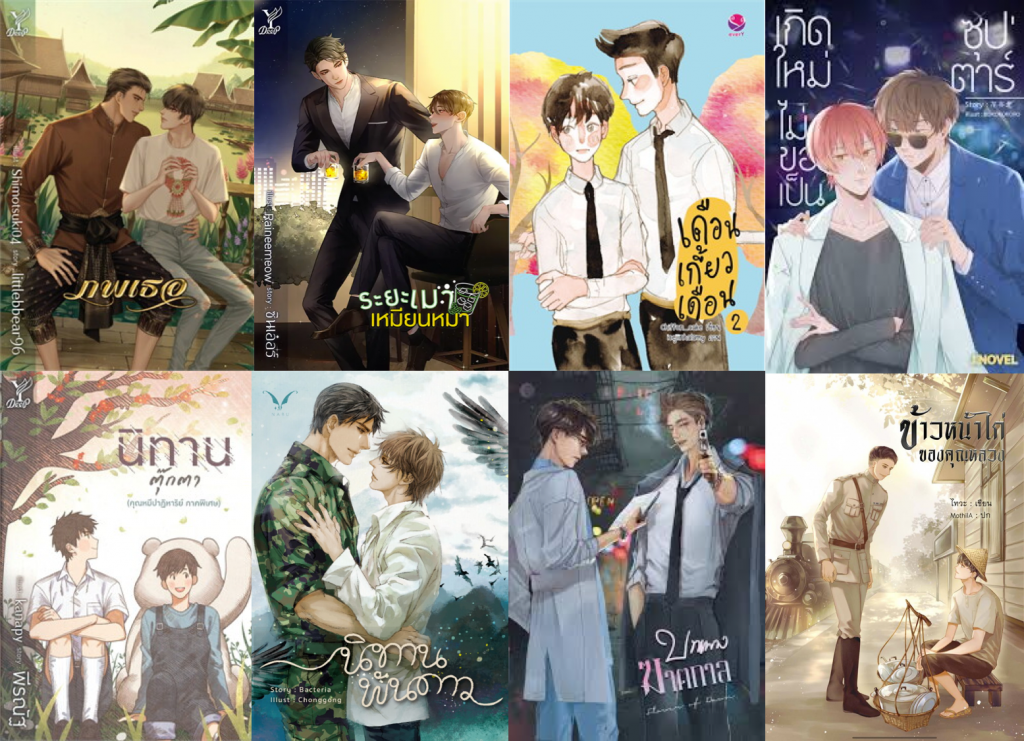
Thailand is well-known for many things: food, muay Thai, traditional massage, the list goes on. However, in the recent times, there has been a fascinating addition, which has experienced a tremendous surge in popularity among many audiences. This is, of course, the emerging genre of boys-love (BL) in the Thai media landscape, known collectively in Thai as the “Y” genre. In the following article series, we will explore the intriguing and complex story of Thai boys-love media and its growing fan base, starting from its humble origin in literary media to the better-known silver screen and series.
This article will focus on the history and nature of Thai boys-love literature, or niyaay “Y” (นิยายวาย). So, let’s dive in!
Origins in the Japan (and the Origin of the Term “Y”)
Although Thailand is becoming one of the biggest contenders in the boys-love media market, the story of the genre actually had its origin in Japan. The spiritual ancestor of the boys-love genre is said to be the Japanese shōjo manga, or girl comics, which began circulating in the market around the 1970s. Initially, the manga usually depicted romantic love stories between men and women. Nonetheless, a handful of the publications, collectively categorized under the subgenre of shōnen-ai or boys love, also depicted same-sex relationships. However, it was not until the 1980s, contemporary with the emergence of ani-paro (anime parody), where conventional male characters in popular stories were rewritten into a more romantic same-sex role by Japanese female writers, both professional and, especially, self-publishing amateurs, that the genre of boys-love began to emerge and gain a foothold in the industry. Still, in its earliest days, the boys-love genre was mostly indulged by specific and typically exclusively female niche groups. Coincidingly, the terms yaoi and bōizu rabu began to appear in the Japanese literary scene and were used to denote the literary work in the genre.
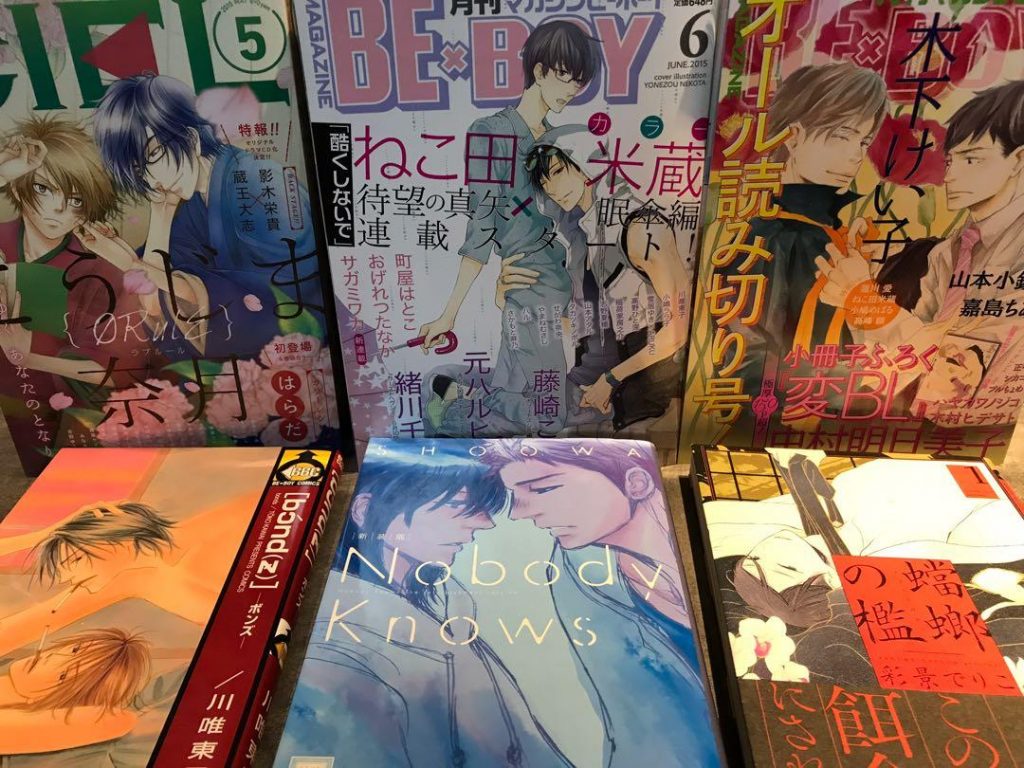
Japanese yaoi books (cr. Carousell.sg)
Incidentally, the expression yaoi also forms half of the etymological origin of the Thai equivalent “Y” (pronounced as waai), which is evidently derived from the first letter (“y”) of the Romanized spelling of yaoi. The other half of the origin of the term “Y” comes from the abbreviation of the Japanese yuri, used to denote the “Girls Love” genre, although the term “Y” is almost always used in the former context.
In Japanese yaoi stories, the romantic relationship is usually depicted in terms of dominant, or seme, and submissive, or uke, dynamic, which is often portrayed through the physical attributes of the protagonists, with the seme character exhibiting more masculine features. The uke character, on the other hand, tends to be more androgynous or effeminate. Considered as the literary tradition of the genre, this dynamic also constitutes the typical backbone of many of the Thai counterparts and is well-established within the Thai fandom, giving birth to the terms me (from seme) and khe (from uke), although attempts have also been made by Thai authors to bring about more diverse depictions of same-sex relationship dynamic.
Arrival and Evolution in Thai Cultural Sphere
In Thailand, yaoi literature started coming into the picture around the 1990s with the translation of Japanese yaoi texts, especially the mangas, into Thai. However, the boys-love literature was met with some reservations from the general populace in the beginning and were mostly enjoyed by niche groups, comprising majorly of female readers. Nonetheless, the genre was, in accordance with pre-existing open-mindedness towards the LGBTQ+ community within Thai society, given a space within the literary circle to gradually grow. It was not until the advent of the internet that the genre saw a rapid gain in audiences and popularity, with the proliferation of several forums and web-boards for aspiring authors within the genre to share their work, such as Dek-D.com. This enabled their work to be more easily accessible and be circulated through a wider set of populations.
New formats were also appearing on the scene, including fan-fiction, novelization of mangas, fan art, and much more. Worth mentioning is that during this time, there was also an emerging popularity in, first, J-Pop idols and, then, K-Pop idols from numerous boy groups, such as Super Junior and TVXQ. This coupled with the rise of the aforementioned online forums hugely bolstered the growing repository of the work in the genre, with a handful of fan bases of the idols often publishing fan-fictions, romanticizing relationships among various of their admired stars. The fan-fictions, in a way, also served as a gateway for many of the soon-to-be saai waai (สายวาย) – fans of the boys-love media – to get hooked on the genre. Subsequently, the boys-love genre started to attract more and more fans, as well as garner a wider recognition from the general mass.
The next major breakthrough in the genre came in the form of the critically acclaimed romantic-drama motion picture “Rak haeng Siam” or Love of Siam (2007), depicting a teenage male same-sex couple. Its success helped to bring boys-love genre into a more mainstream light, paving ways for Thai media companies to start launching series adaptation of boys-love literature, including those published on the online platform, and drawing even more attention to the genre. This came to light when the boys-love novel Love Sick Chulamun Num Kangkeng Namngoen (Love Sick: The Chaotic Lives of Blue Shorts Guys) was adapted into a series in 2014, which was screened on one of the biggest channels in Thai television, channel 9 (MCOT) and became a massive hit. This event arguably marked a new era for the yaoi genre in Thailand, where it was thrusted into the limelight and manifested itself as one of the staples in Thai media landscape. As for the literary publications, previously budding publishers of boys-love romantic stories, such as Nabu Publishing, Sense Book Publishing and everY, a subsidy of the well-known romantic novel publisher Jamsai Publishing, saw a rapid surge in popularity and sales. Following this, virtually every bookstore in Thailand offered a new section dedicated to boys-love novels or, as one might encounter in Thai, niyaay “Y”.
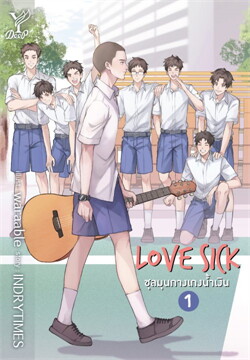 Love Sick: The Chaotic Lives of Blue Shorts Guys (cr. Naiin)
Love Sick: The Chaotic Lives of Blue Shorts Guys (cr. Naiin)
Ostensibly, one of the recipes for success of the “Y” literature in Thailand is its capability to provide readers with escapism. Characteristically, the romances depicted in the genre would be idealized and often conclude happily, with a lot of anecdotes from sao-waai (สาววาย), or female fans of the genre, saying that they are often enticed by the pure love depicted in the novels. The portrayal of the same-sex protagonists also allows for a more equal relationship dynamic, in spite of the dominant and submissive trope, with the submissive character being at least more independent than their counterparts in the hetereonormative novels. This light-hearted narrative coupled with the open-minded attitude of Thai people towards people of different backgrounds and ways of life, along with the ingenuity of Thai writers to create captivating storylines all naturally contributed hugely to the success of the genre in Thailand.
The Present and the Future
Thanks to its huge success in the past couple of years, boys-love literature in Thailand has become much more diverse, with various new creative, complex, and profound story directions being put forth every day. For instance, there is a Thai boys-love historical fiction called Niraat Joseon (Journey to Joseon), which follows the story of a Thai university student who inadvertently travelled back in time to Joseon Korea after he discovered a mysterious notebook written by an author from that period. An interesting thing of note is the use of the word niraat in the title, which is a type of traditional Thai verse, mainly used to chronicle the author’s travel and express the harrowing absence of loved one during the trip. In this case, niraat should signify the main protagonist’s journey to Joseon and his yearning for “companionship” while there.
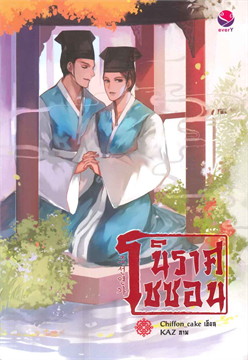 Niraat Joseon (cr. Naiin)
Niraat Joseon (cr. Naiin)
Another fascinating example is a boys-love spin on the classic trope of destined lovers from another life called Dai Daeng (Until We Meet Again), portraying a love story between two reincarnated past lovers who had committed suicide in their past life, following stigmatization. Incidentally, this trope of past-life soulmates is fairly ubiquitous in Thai romance literature’s narrative, which should come as no surprise, considering Thailand’s predominant Buddhist demographic. Buddhist metaphysical framework being deeply interwoven within Thai culture, including the concept of saṃsāra or the Wheel of Reincarnation, it is, hence, a common Thai belief that people who have done good deeds together in the previous life will more than likely meet each other in their current lives.
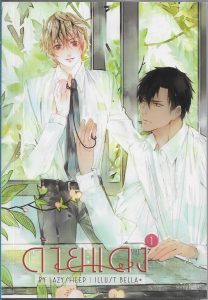 Dai Daeng (Until We Meet Again) (cr. mookmie299)
Dai Daeng (Until We Meet Again) (cr. mookmie299)
Even supernatural love stories can be found within the genre, such as the novel Khun Mee Paatihaan (The Miracle of Teddy Bear), which recounts a story of a teddy bear who turns into a human and have to unravel the truth about his past before, while also being entangled in a budding romantic relationship with his male owner. With this, it can safely be said that, nowadays within the ever-growing space for creative liberty in the Thai literary circle, there is certainly a Thai boys-love story for everyone’s preference!
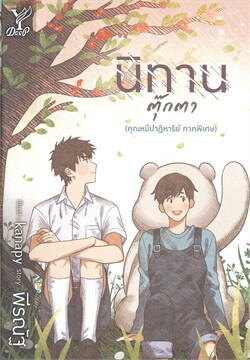 The Miracle of Teddy Bear (cr. Naiin)
The Miracle of Teddy Bear (cr. Naiin)
Another tremendous positive development in the genre is the growing strive to provide a faithful representation of the LGBTQ+ community, with more and more novels nowadays raising awareness towards various social issues faced by the community in Thailand, including for instance, non-acceptance from some parents. Anecdotally, a person from the community has reported that “Y” novels provided a tool by which his conservative mother, who was unaccepting of his sexuality at first, can gradually gain a better understanding into his identity and begin the process towards acceptance and reconciliation. Arguably, the rise of the “Y” phenomenon and media in Thailand can also be seen as an integral part in further normalizing same-sex couples, which culminates in the recent push towards the legalization of same-sex marriage in the country.
With that being said, the future of Thai boys-love literature is brighter than ever, with the industry attracting a growing number of fans each year. Furthermore, with the increasing number of people engaged in the genre, it continues to, as illustrated prior, evolve and be further refined. This is, thus, especially the right time to give your first Thai boys-love novel a try, but be warned, you might not be able to put it down once you have started!
Conclusion
As you can see, Thai boys-love novels have journeyed quite a long way from their infant days after their arrival from Japan. Being nurtured by the ingenuity and creativity of Thai authors and being allowed to grow in an open-minded environment, inherent in Thai culture, where all kinds of love are equally valid and respected, they have since matured and blossomed, exhibiting their own Thai-influenced characteristics distinct from their ancestor overseas. However, the story of the genre has not yet reached its conclusion. As you can already catch a glimpse above, the literary texts went on to inspire the conception of their arguably more recognized counterpart, boys-love series, or, as known in Thai, series “Y” (ซีรีย์วาย). Stay tuned, as we will continue our exploration into the genre and get ourselves better acquainted with Thai boys-love series in the next article! In the meantime, let us indulge ourselves with some Thai boys-love novels and to help you with that, we have compiled a list of links to the ebook variant of some of the novels we have mentioned above. Feel free to pick one up, it might become one of your favorites yet, and you will indubitably be able to hone your Thai language skill with it too!
Links to selected boys-love novels mentioned in the article (in Thai)
- Love Sick Chulamun Num Kangkeng Namngoen: https://writer.dek-d.com/hedfuc/writer/view.php?id=436675
- Niraat Joseon:
https://www.mebmarket.com/index.php?action=BookDetails&book_id=72539&page_no=1 - Dai Daeng: https://www.tunwalai.com/story/120902
- Khun Mee Paatihaan:
https://www.mebmarket.com/index.php?action=BookDetails&book_id=95285
The story of “Y” literature is another famous aspect of Thai popular culture. The Thai characteristic of openness towards people with different ways of life has allowed for this genre of fiction thrive and flourish within the land of smiles. Furthermore, openness can be seen in Thai authors’ effort to take craft further, pushing works into new territories and even daring to address social needs of the LGBTQ+ community. Join us in exploring more stories of Thailand and the Thai people, as we take you on a journey to discover Thainess.
Sources
- Prasannam, N. (2019). The yaoi phenomenon in Thailand and fan/industry interaction. Plaridel, 16(2), 63-89.
- https://www.the101.world/what-yaoi-tell-us/
- https://d.dailynews.co.th/article/767911/
- Mahapasuthanon, U. (2022). ความเหมือนที่แตกต่าง: Love Sick ชุลมุนกางเกงน้ำเงิน และคุณเสพติด’ความ รัก’ หรือเปล่า (Heroin-Are you addicted?). Journal of Sinology, 16(2), 108-145.
A special thanks to Phuritat Hongwiwat, a graduate student at the Faculty of Arts, Chulalongkorn University, and a boys-love-series aficionado, for providing the author with preliminary insights into the genre.
Author: Yodsawin Uaychinda
Editor: Tayud Mongkolrat


